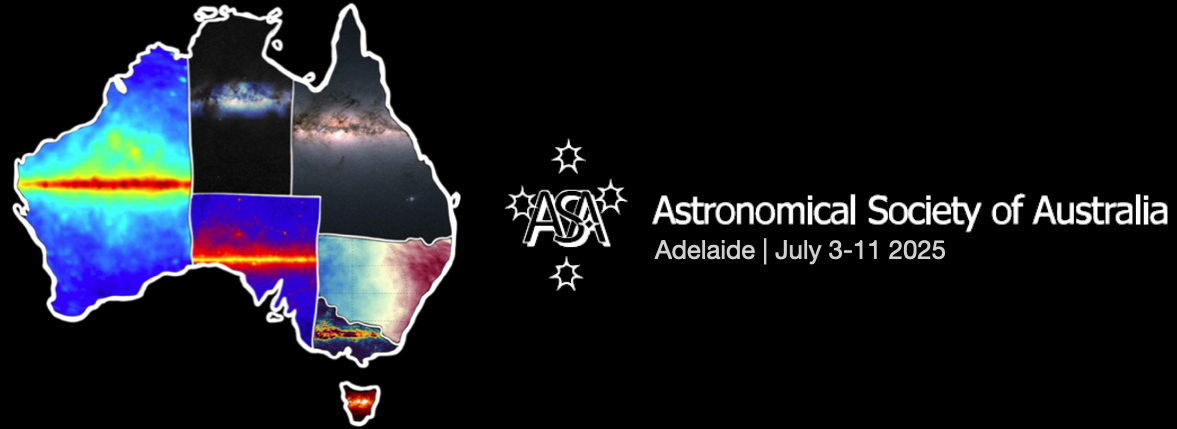Speaker
Description
The 21 cm line, produced by the hyperfine transition in the ground state of neutral hydrogen, makes an ideal tracer of the Epoch of Reionisation (EoR). Detecting this signal comes with many challenges, notably, strong foreground emissions and RFI, which are orders of magnitude brighter than the 21 cm signal.
Much of the work in EoR science involves methods to address these challenges. In this work, we investigate the effects of different parts of the sky on the data calibration, in particular for the upcoming SKA-Low experiments. Spectral structure in the calibration can propagate into our final results and hinder our ability to make a measurement. We derive a set of metrics from archival Murchison Widefield Array data and investigate their usefulness. We also present a theoretical approach to calculating calibration uncertainties to investigate the impact of the selected fields on the final brightness temperature power spectrum. We show that two fields in particular are promising candidates for the SKA-Low experiments

